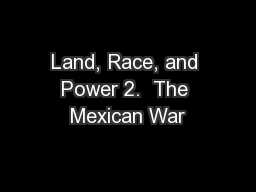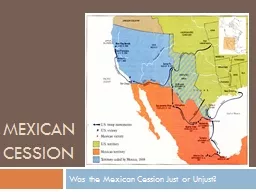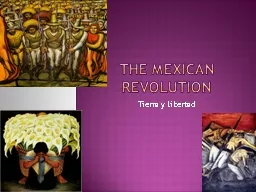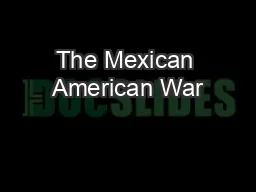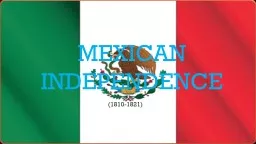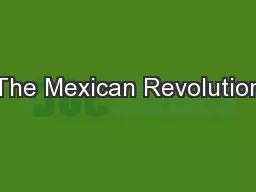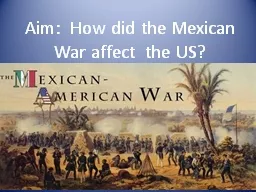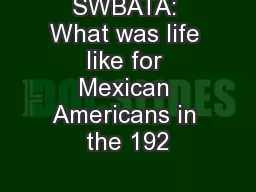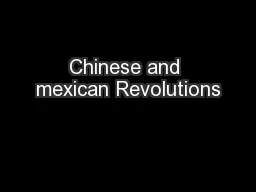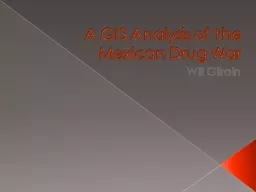PPT-Land, Race, and Power 2. The Mexican War
Author : trish-goza | Published Date : 2018-09-25
Expansionism partially succeeded during era of the Mexican War because for a relatively few years expansionists managed to forge a sectional alliance that convinced
Presentation Embed Code
Download Presentation
Download Presentation The PPT/PDF document "Land, Race, and Power 2. The Mexican Wa..." is the property of its rightful owner. Permission is granted to download and print the materials on this website for personal, non-commercial use only, and to display it on your personal computer provided you do not modify the materials and that you retain all copyright notices contained in the materials. By downloading content from our website, you accept the terms of this agreement.
Land, Race, and Power 2. The Mexican War: Transcript
Download Rules Of Document
"Land, Race, and Power 2. The Mexican War"The content belongs to its owner. You may download and print it for personal use, without modification, and keep all copyright notices. By downloading, you agree to these terms.
Related Documents

